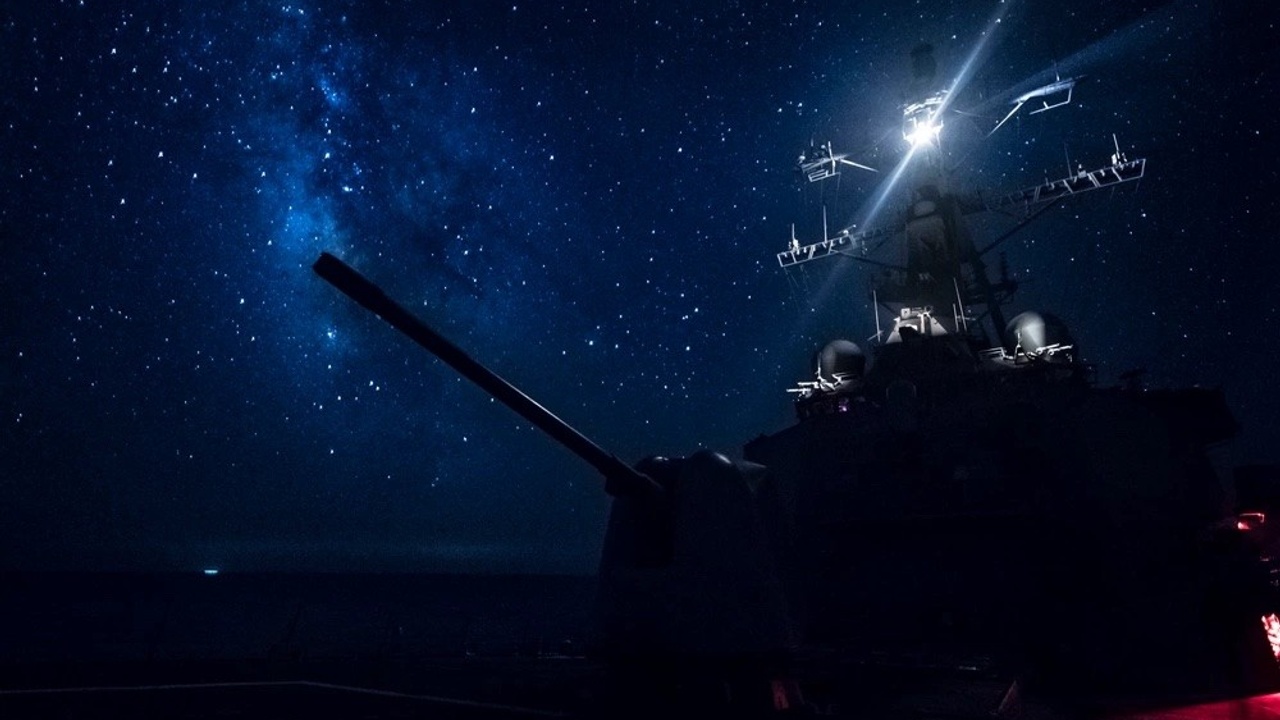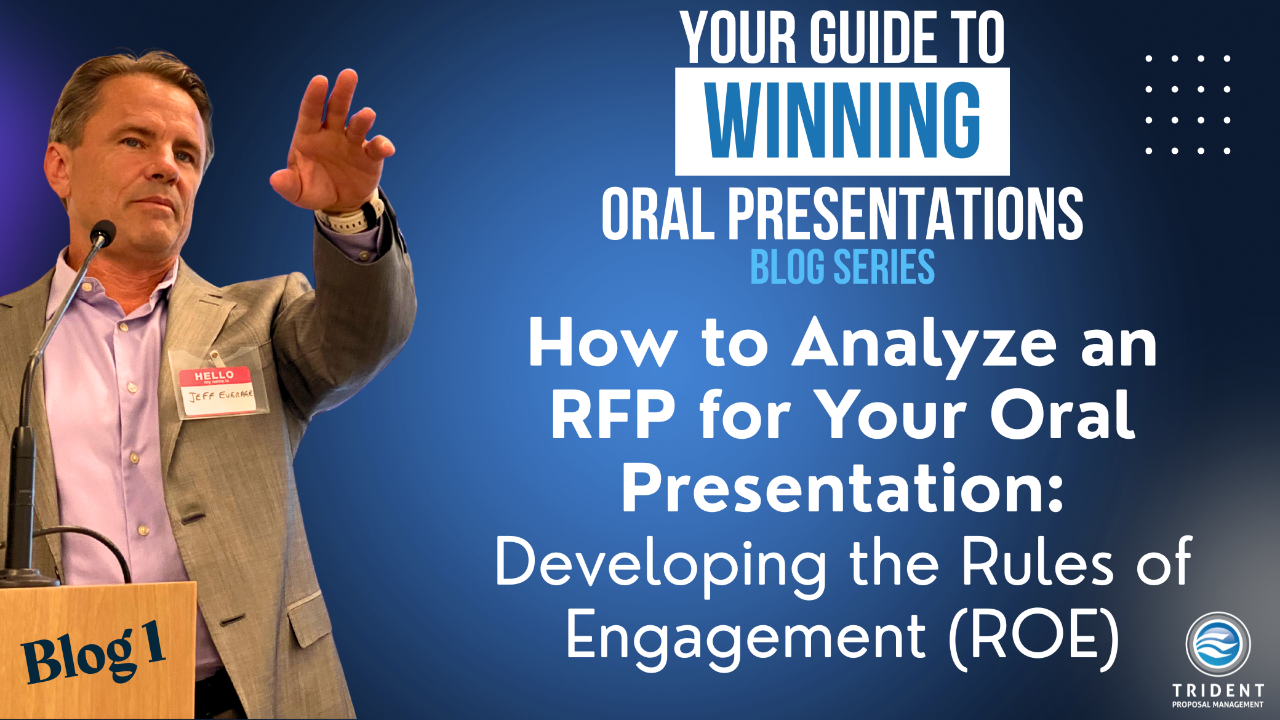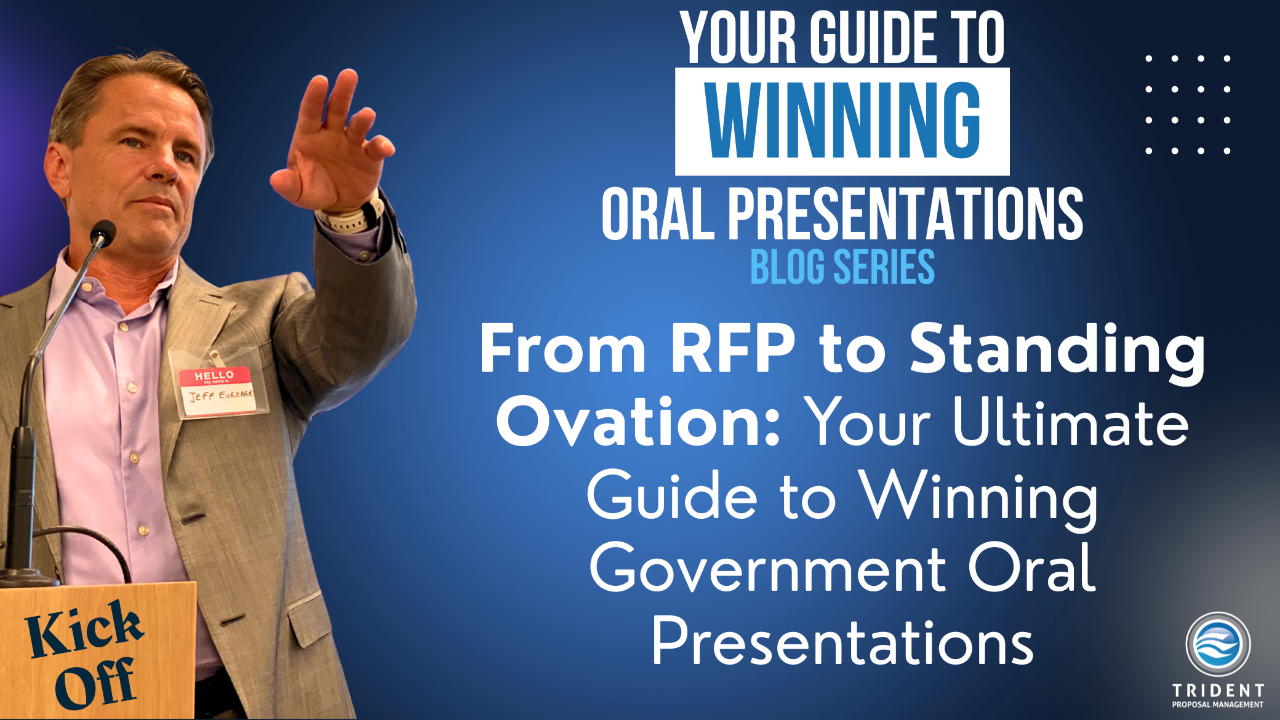5 Takeaways from AFCEA's 2022 C4ISR Symposium
Oct 27, 2022
Earlier this month, representatives from Trident Proposal Management attended the AFCEA San Diego 2022 C4ISR Symposium and gained valuable insight into this year’s themes—Overmatch and the User Experience (UX). After attending this two-day event, we wanted to share five key takeaways you should know and think about, particularly when you’re planning, preparing, and delivering C4ISR capabilities for Naval Information Warfare Systems Command (NAVWAR), PEO C4I, and Naval Information Warfare Center (NIWC) Pacific.
The beauty of the C4ISR Symposium is that the San Diego AFCEA works closely with NAVWAR, PEO C4I, and NIWC Pacific to bring government and industry partners together for an open discussion on trends, goals, and priorities. This transparency gives attendees a rare opportunity to hear about strategic interests, emergent needs, and hot button issues directly from the customer. As a capture manager and a proposal expert, this meaningful exchange between government and industry helps me understand customer challenges better, and allows me to clearly describe my client’s proposed technical solution in a relevant and compelling way.
NAVWAR Commanding Officer, Rear Adm. Doug Small, was this year’s keynote speaker. In his opening remarks he discussed NAVWAR’s current challenges, and specifically stated that the priority is to harness the most advanced capabilities available in industry to help the U.S. Navy maintain an advantage at sea. His speech, and every panel that followed, touched on these five central themes.
Takeaway 1: Overmatch is the Way Ahead
During the event, Rear Adm. Small spoke to attendees about the importance of identifying solutions and delivering emerging technologies at the speed required to outpace our adversaries today and for decades to come. This means that the speed and pace of development and delivery of C4ISR systems has to be better, faster, and leaner to enable the infrastructure needed for common communication between various platforms and networks—both the manned and unmanned—in all domains.
As a capture manger, the first question I would ask you if you told me you wanted to sell your product or service to NAVWAR would be this: How does your service offering fit into RADM Small’s mission to develop the networks, infrastructure, data architecture, tools, and analytics that will enable our sustained maritime dominance? – If you can’t give a clear answer, I would start working there.
Takeaway 2: Sailor Self-Sufficiency is the Reason Why
When Rear Adm. Kurt Rothenhaus, PEO C4I, spoke about the future of PEO C4I he described information warfare priorities in terms of Sailor self-sufficiency and enhanced information warfare readiness. What does that mean? It means that whatever you build or provide has to help the Sailor maintain, maneuver, cyber-defend, and repair damage on ships, submarines, and tactical shore stations in a contested battlespace (i.e., don’t offer bandwidth-hungry solutions that break easily and aren’t user-friendly).
Takeaway 3: DevSecOps is the Way There
In case you haven’t heard, the old “bottoms-up” approach to systems engineering (i.e., starting with requirements, working toward a program, and eventually inserting the platform or capability into the network) is out. DevSecOps is now the new normal. Why does this matter? Because speed of development and delivery of a secured system is central to Overmatch, a key priority for the Department of Navy. The Overmatch Software Armory (OSA) is the digital environment designed to do just that. It applies DevSecOps to manage the system’s security within the software development cycle and is how the Navy protects and manages access to data and applications across all missions.
Takeaway 4: AI/ML, MBSE, and Digital Engineering are the Other Ways There
An overarching theme to this symposium was that Artificial Intelligence (AI)/Machine Learning (ML), model-based systems engineering (MBSE), and digital engineering are not the wave of the future, they are the reality of information warfare today. Why does this matter? Because all these methodologies require one thing to make information warfare better: Data. One of the panels I enjoyed the most dove into a fascinating discussion on how we can break down data science barriers so we can bring AI/ML to the Fleet. Companies that offer sound data science solutions will find it easier to sell their capabilities to these (and other) government organizations.
Takeaway 5: User Experience (UX) must be Taken into Consideration on your Way There
The Navy, including Rear Adm. Small and Rear Adm. Rothenhaus, want you to incorporate user-centered design (UCD) into your work and they are currently looking at the commercial tech industry to learn how to incorporate best practices. What does that mean? It means that whatever you help build has to work for the Sailor or Warfighter operating in a highly contested battlespace. If the platform, system, or application you deliver doesn’t make sense to the Sailor, or if the functionality isn’t consistent, reliable, and intuitive, then you are not taking proper UX into consideration in your development. If your company has solid UX, UCD, User Interface (UI), and/or Human Factors Engineering (HFE) practices, this is the perfect time to become an industry partner to the Navy. If this topic isn’t your strength, you need to start building your knowledge now. AFCEA San Diego’s next event, Naval UX 2023, will take place Jan. 26, 2023. This will be a great event for anyone who wants to understand how the Navy wants to incorporate UX into the design and development process of its systems.
Final Analysis
Whether you’ve been an industry partner supporting the Navy’s information warfare efforts for years or are a newer, smaller company with innovative technology looking to become an industry partner, your business development efforts (i.e., your reputation-building efforts, your relationship-building efforts, and your proposal development efforts) must clearly articulate how your company’s service offerings support the big picture.
Having an innovative technology is simply not enough. It has to be paired with strong messaging that demonstrates you understand the Navy’s information warfare efforts and how your technology advances that mission. If you don’t have a dedicated capture manager in-house who can help you develop that narrative or a strong proposal writer who can help weave that narrative into your technical approach, we can help.
Trident Proposal Management has a cadre of capture and proposal experts on our globally dispersed team. To learn more about our capture management services, visit our website.
Written by Alexis Romero
Alexis is our Market Research Lead and a capture and proposal expert at Trident. She brings extensive experience in defense contracting, proposal management, business and pipeline development, orals coaching, and UI / UX to our clients. Based in San Diego, she supports clients around the world as part of our globally dispersed team.



